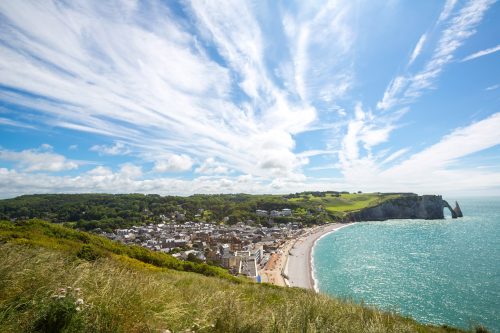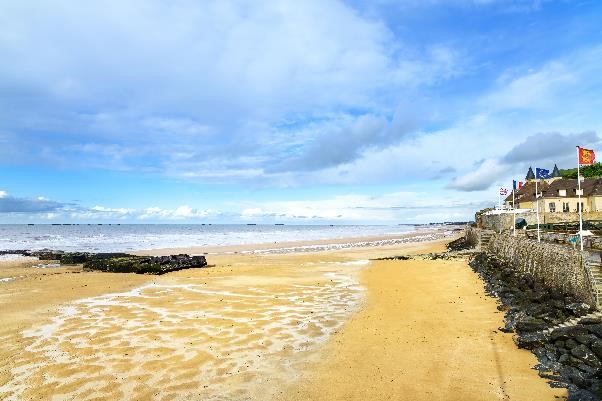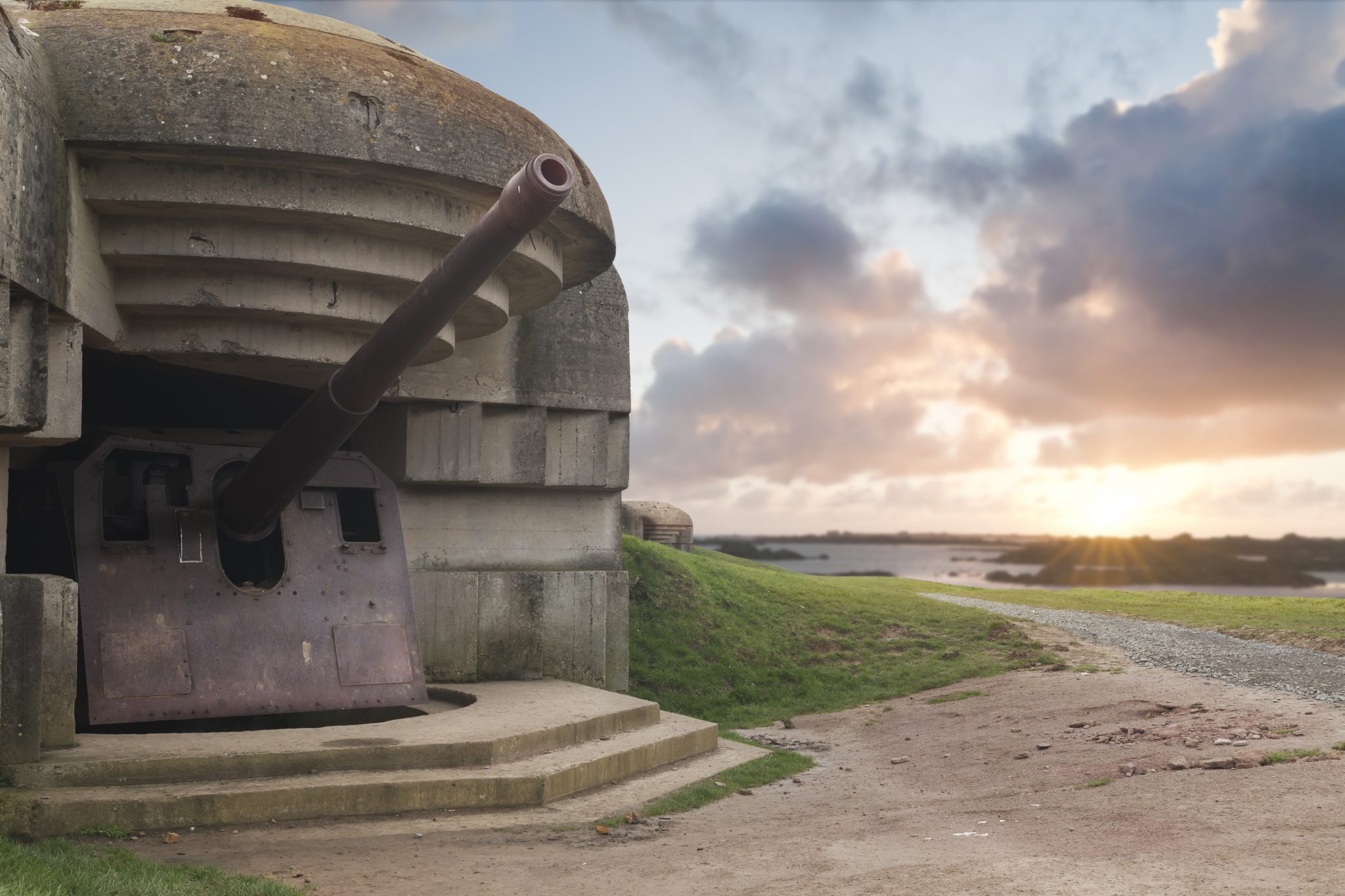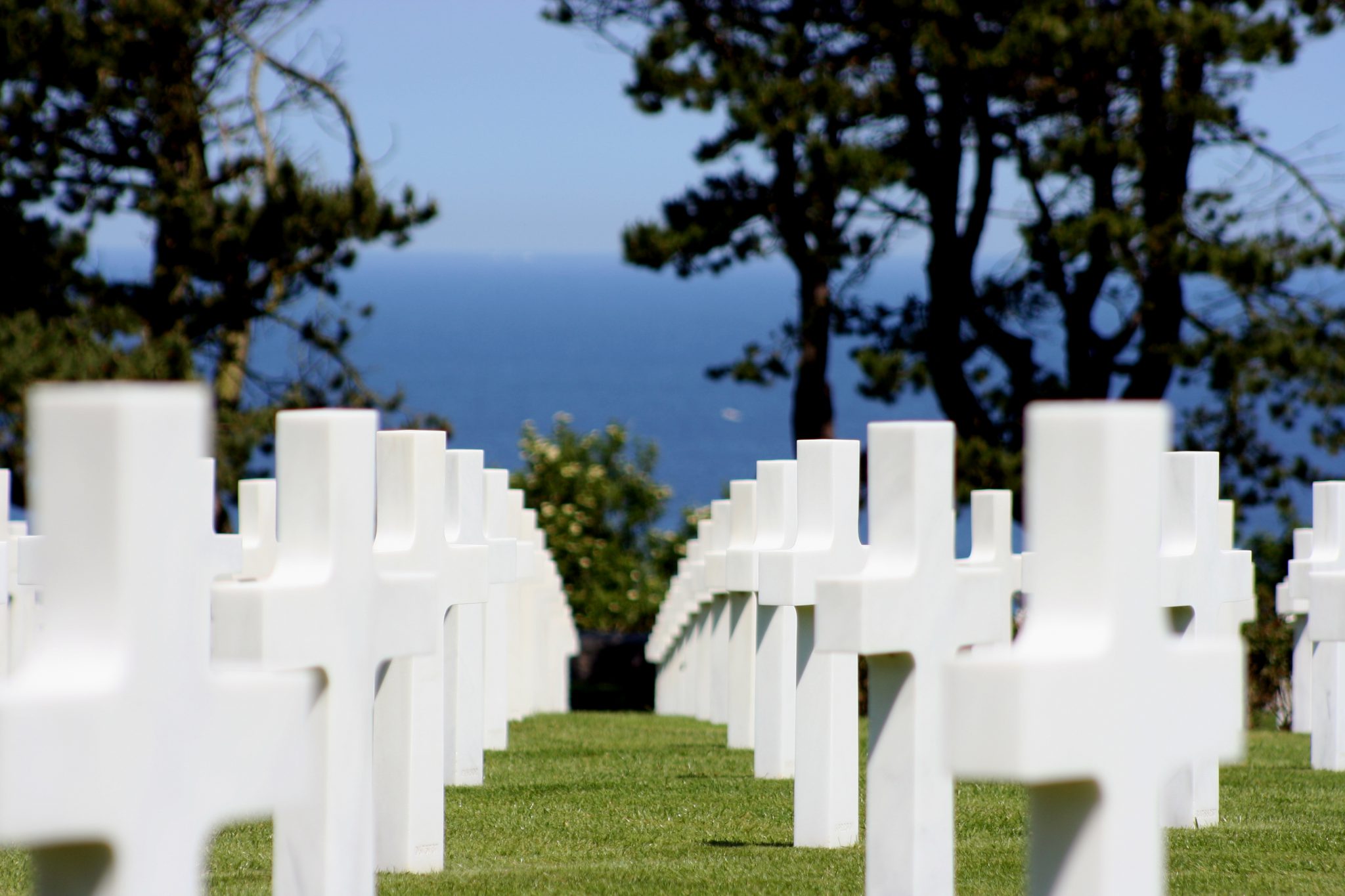
The day something will happen
If you say D Day to most adults over the age of 25 only one thing will come to mind – the events of 6 June 1944. On that day Britain and her Allies launched the greatest amphibious attack in military history. In fact, D Day is a military term for ‘the day something will happen’ – the D doesn’t stand for anything in particular. The events of that D Day in 1944, however, meant that a commonly used military term would become the accepted name of the attack that was result of years of planning and preparation to liberate Europe from Nazi dominance.
“The subterfuge and inventiveness was incredible”
The subterfuge and inventiveness needed to make an attack on Normandy was incredible. All the common sense of the period suggested that an Allied invasion of Europe should take place close to a major sea port to ensure the safe arrival of supplies. Normandy did not fit this bill as the port of Caen was too far in land and all the other ports along that coast are little more than fishing villages. In addition the Nazis had built defences along the whole of the Atlantic coast of Europe – the Atlantic Wall to deter any kind of invasion force. Overcoming these obstacles took real ingenuity on behalf of the Allies.

Operation Overland the code name for the attack involved military planners, co-ordination of logistics, espionage, counter-espionage, scientists, engineers and inventors in the preparation. The venture involved thousands of men and women for the attack itself and even more for the following weeks as the battle for Normandy developed.
Evidence of the first day can still be found
Today, 72 years after the attack, the evidence of that first day can still be found. Many of the Nazi German gun defences are still visible though the beaches themselves are now clear. A short distance from the shore at Arromanches are the remainder of the pillars from the Mulberry harbour built by the British to bring in supplies and equipment and one of the most inventive methods of ensuring an Allied victory. Probably the most striking evidence however, are the memorial and the cemeteries containing the war dead.

A visit to Normandy
A visit to Normandy can take in all of these sites, while a trip with a guide will link the different elements of the invasion together into a clear narrative that will lose none of its complexity. Taking a group to Normandy helps students of history to learn about the inventiveness and determination of the Allied soldiers who came from across the globe to fight against the Nazis.
That one attack, the build-up, the need for it and the subsequent battle can also act as an entry point for students to learn about complexity of the Second World War and the development of technology through war. Ultimately a well led and structured tour to the sites of the landing beaches, and the towns and bridges where the paratroopers landed to support those on the beaches by destroying the Nazi defences, provides anyone with an insight to the sheer magnitude and impossibility of the attack.

The events of D Day are the stuff of legends – daring do’s and wild inventions, but essentially D day and the subsequent battle is the story that each generation can learn from. It is a David and Goliath for the modern era, it the story of soldiers, seaman and airman from many nations pulling and working together to achieve an end goal that has helped to create the freedoms that we have today. It is the story that of a reality that made fighting men into heroes.